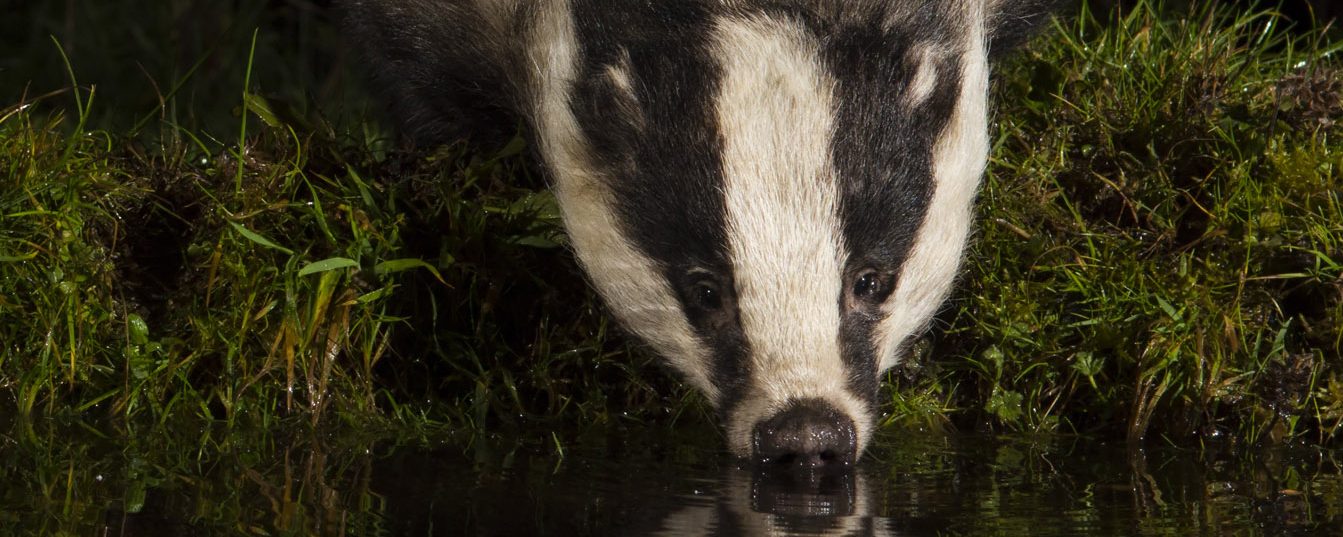
Peter Brotherton, Director of Science at Natural England, issued his “Advice to Natural England’s Operations Team on Supplementary Badger Culling 2024” in April 2024, see here. It was released under Freedom of Information at the end of May.
So how is supplementary culling being justified?
Brotherton considers that the ‘key insights’ arising from his appraisal are that “disease reduction benefits to cattle achieved through badger culling are sustained in the long term (likely at least 7 years post-cull).” And what is this based on? Brotherton says:
“The most relevant evidence to the current English situation is from Donnelly (2013) who found from the Randomised Badger Control Trial (RBCT) that the disease reduction benefits from four years of intensive culling of badgers are greatest 1-2 years post-cull and are sustained for at least 7 years, albeit at a diminishing level over this period.”

The problem for this justification now, is that Donnelly (2013) (an unpublished report) is overturned by the new peer-reviewed paper by Torgerson et al (2024). Published since Brotherton issued his advice, “Absence of effects of widespread badger culling on tuberculosis in cattle” has shown that the original RBCT analysis (Donnelly et al 2006) used an inappropriate calculation of rate, when face value calculation of rates was available. When rates are calculated in the standard way, no effect of culling was found. Many subsequent studies, like Donnelly & Nouvellet (2013) which recycle the approach of that analysis should now be considered unsafe. There are dozens, possibly hundreds of them.
Brotherton also references two small studies, Byrne et al 2014 (4 areas in Ireland) and Clifton-Hadley 1995 (2 areas in south-west England) which he acknowledges may be less relevant to the current English context. They are too small in scale to be able more than anecdotal or provide any certainty. They certainly should not be used as substantive evidence.
And that seems to be pretty much it in terms of published evidence. There is some speculation without evidence. There is a mention of badger vaccination reducing the prevalence of bTB in badgers, but any assumption of this reducing disease in cattle is not based on sound evidence. It should be noted that Natural England keep away from their ‘Uncertainty Standard’ that they previously reported as scrapped, but now seem to want to retain .. its all a bit uncertain at Natural England.
Notably, Brotherton does not refer to the main peer-reviewed and published badger culling analysis Langton et al (2022) in his ‘rationale’, presumably favouring the Chief Vets unqualified comments. This compared culled and unculled areas after 7 years of industry-led badger culling (2013-2019) and found no measurable benefit.
Also of note is Brotherton’s recollection of the advice of the previous Chief Scientific Advisor Prof. Boyd, who “stressed the limits in the evidence base and the importance of adjusting the policy as new evidence becomes available.“ There is no sign that the evidence of peer-reviewed Langton et al (2022) and Torgerson et al (2024) is being recognized by NE yet.
Badger Crowd understands that Natural England have received a letter requesting that supplementary badger cull licences should be revoked on the basis of new published science. It’s well past time to stop the badger cull immediately on the scientific evidence, and not least the comprehensive peer-reviewed evidence.



